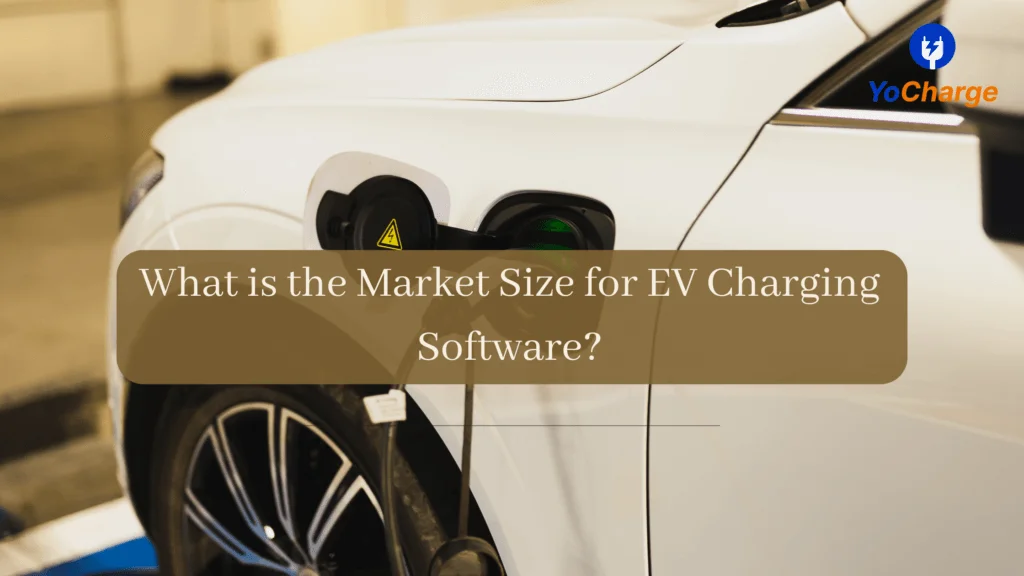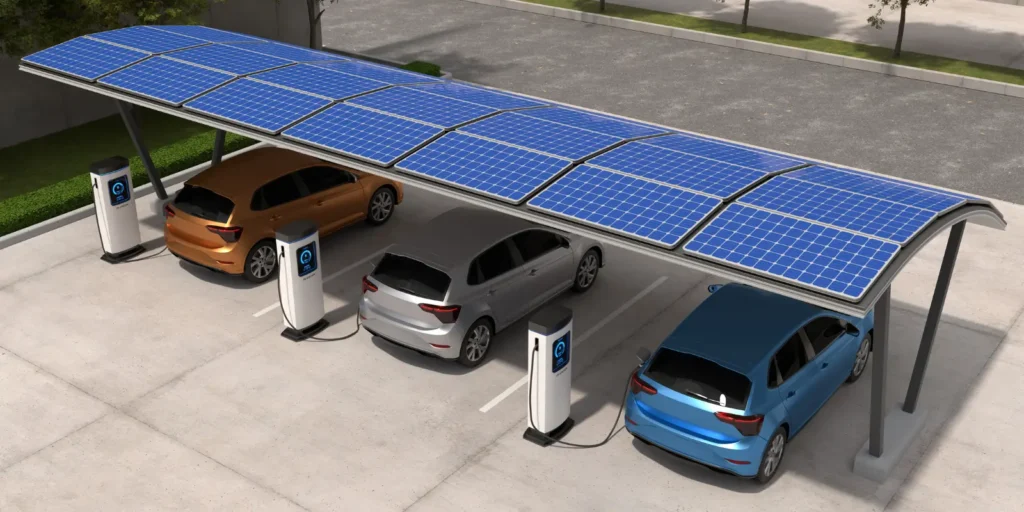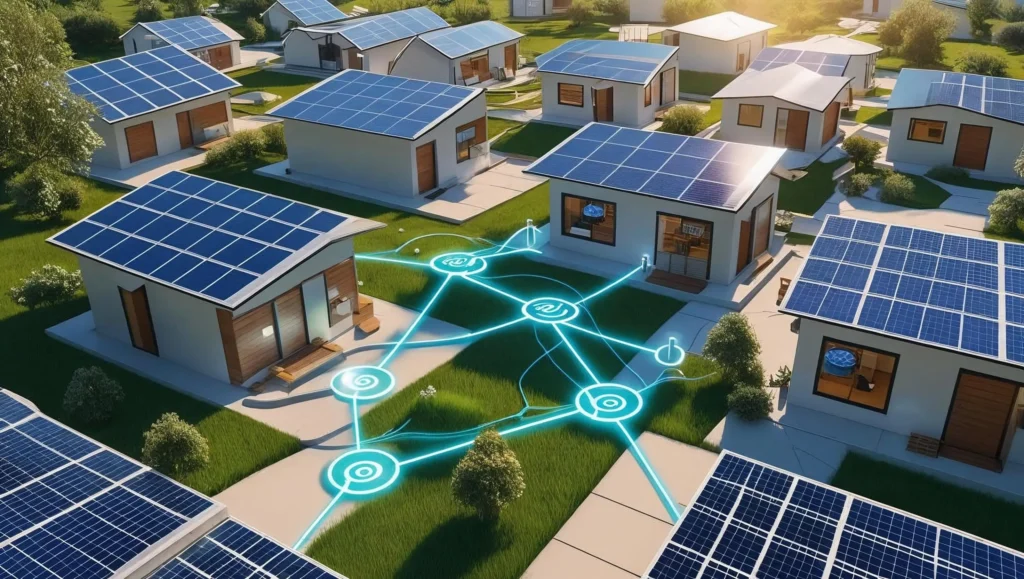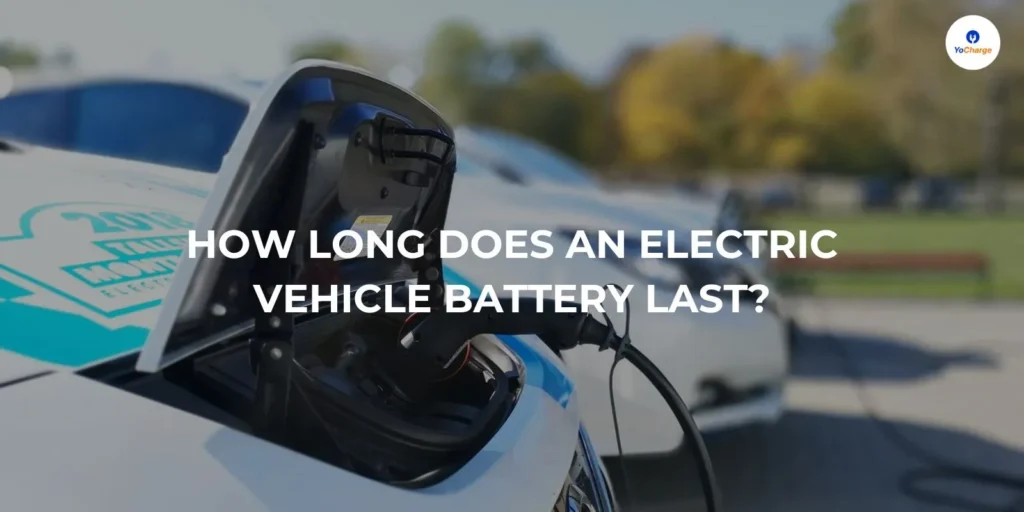
A lithium-ion (Li-ion) battery is a high-performance battery that employs lithium ions as a key component of its electrochemistry. Let us discuss about Lithium-Ion batteries in detail.
Cathode materials are generally constructed from LiCoO2 or LiMn2O4. Because of their high theoretical specific heat capacity, high volumetric capacity, low self-discharge, high discharge voltage, and strong cycle performance, cobalt-based cathodes are ideal.
Negative electrode materials have typically been made of graphite and other carbon-based materials, however silicon-based alternatives are becoming more popular. Because of its low voltage and high performance, graphite is the most popular material used.
Charging and Discharging
Lithium atoms in the anode are ionised and separated from their electrons during a discharge cycle. The lithium ions go from the anode via the electrolyte to the cathode. They recombine with their electrons and become electrically neutral. Between the anode and the cathode, the lithium ions are tiny enough to pass through a micro-permeable separator. Lithium-Ion batteries can have a very high voltage and charge storage per unit mass and volume, thanks in part to lithium’s tiny size (third only to hydrogen and helium).
During charging, an external electrical power source (the charging circuit) applies an over-voltage , causing a charging current to flow from the positive to the negative electrode within each cell, in the opposite direction of a discharge current under normal conditions. The lithium ions then travel from the positive to the negative electrode, embedding themselves in the porous electrode material.
Types of Lithium-Ion Batteries
Different types of lithium-ion batteries have different chemistry, performance, cost, and safety properties. Let us discuss about the types of lithium-ion batteries.
1. Lithium Cobalt Oxide
Lithium cobalt oxide batteries, commonly known as lithium cobaltate or lithium-ion cobalt batteries, are made from lithium carbonate and cobalt. Because of their high specific energy, these batteries are commonly used in cell phones, laptops, and electronic cameras. Lithium ions move from the anode to the cathode during discharge, with the flow reversing when the battery is charged. They have a cobalt oxide cathode and a graphite carbon anode.
LiCoO2 cathode batteries have highly stable capacities, although they have lower capacity and power than batteries using nickel-cobalt-aluminum (NCA) oxide cathodes. The thermal stability of LiCoO2 cathodes is somewhat better than that of other nickel-rich chemistries. As a result, LiCoO2 batteries are sensitive to high temperatures.
Short battery life and poor specific power are two of the battery’s drawbacks. They are also considered less safer than other batteries.
2. Lithium Manganese Oxide
The Lithium Manganese Oxide (LiMnO2) battery uses manganese as the cathode and lithium as the anode. To optimize ion flow, the battery is shaped like a spinel. It contains lithium salt, which acts as a “organic solvent,” bridging the current between the anode and the cathode.
However, because Lithium Manganese Oxide batteries are not rechargeable, they are not suitable for laptops, cellphones, or other electronic devices that require dependable batteries. Lithium manganese oxide batteries are distinguished from others by their high temperature stability, and they are also safer than other types of lithium-Ion batteries. As a result, they’re commonly found in medical devices and equipment, but they can also be used in power tools, electric motorbikes, and other uses. They have longer life.
3. Lithium Iron Phosphate (LFP)
The lithium iron phosphate battery (LiFePO4 battery) or LFP battery (lithium ferrophosphate) is a form of lithium-ion battery with a graphitic carbon electrode with a metallic backing as the cathode and a lithium iron phosphate (LiFePO4) as the anode. An LFP battery has a lower energy density than other types of lithium ion batteries.
It reduces the risk of over-heating and firing. It offers much less volumetric capacity. LFP batteries are being used in a variety of applications, including car applications, utility scale stationary applications, and backup power. LFP batteries do not contain cobalt. Fully charged batteries can be held indefinitely without affecting their overall charge life.
These batteries are typically the most cost-effective alternative when considering their long battery life. The lithium-phosphate battery, on the other hand, has a lower voltage than conventional lithium batteries, implying that it has less energy. Common applications include medical equipment and electric bikes, that require high levels of safety.

4. Lithium Nickel Manganese Cobalt Oxide (NMC)
Ternary cathode materials (NMC) are composed mostly of nickel, manganese, and cobalt, and are utilised as cathode materials in lithium-ion batteries. They are primarily employed in batteries for electric vehicles, especially hybrids. Like other lithium-ion battery types, NMC batteries can have a high specific energy density or specific power.
They cannot, however, have both characteristics. The most popular applications for this battery are power tools and car powertrains. Cobalt is usually expensive and scarce. This battery type is commonly utilised in electric vehicles due to its low self-heating rate.
5. Lithium Titanate
The lithium-titanate (LTO) battery is a form of rechargeable battery that has the advantage of being faster to charge than conventional lithium-ion batteries, but the downside of having a much lower energy density. The lithium-titanate battery has an extremely fast recharge time due to its superior nanotechnology.
Electric vehicle and bicycle manufacturers use lithium-titanate batteries, and this type of battery has the potential to be used in public transportation electric buses. Batteries like these might be employed in military and aerospace applications, as well as for storing wind and solar energy and building smart networks.

Advantages of Lithium-Ion Batteries
- High energy density (100-265 Wh/kg or 250-670 Wh/L)
- They can deliver upto 3.6 Volts higher than Ni-Cd or Ni-MH batteries
- Deliver high currents
- Require low maintenance
- They do not contain any toxic materials
- Lower self discharge rate
- Can be recharged many times
Disadvantages of Lithium-Ion Batteries
- There is chance of over-heating
- They can be damaged at higher voltages
- Require safety mechanisms that increase the weight of the whole system
- Capacity gets reduced due to aging
- Relatively expensive
- Sensitive to high temperature
Applications of Lithium-Ion Batteries
Lithium-ion batteries are mainly used in consumer electronics and electric vehicles. That includes portable devices like smartphones, digital cameras, laptops, torches etc. It can be also seen in applications like power tools.
Electric vehicles rely on Lithium-Ion batteries due to their high energy density. These type of batteries can be seen electric cars, electric bikes and scooters, hybrid cars etc.
Common electric cars that use Lithium- Ion batteries are Hero electric, Keto motors, Mahindra & Mahindra, Revolt, Tata Motors etc.
Also read about EV Charging Software and White Label EV Charging Software



